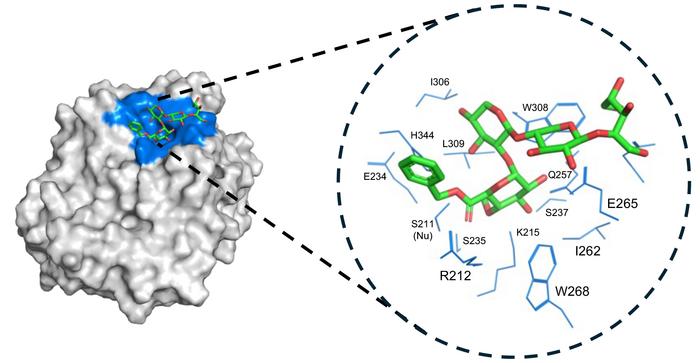
Summary: Researchers at Kobe University have developed a novel test substrate that allows the first-ever measurement of the speed and mechanism of a fungal enzyme that breaks down wood, paving the way for improved biofuel and biochemical production.
Estimated reading time: 5 minutes
In an advance for biofuel and biochemical research, scientists at Kobe University have successfully measured the speed and characterized the mechanism of a fungal enzyme crucial for breaking down wood. This achievement, made possible by the development of a new test substrate, opens doors for more efficient conversion of wood into valuable materials like bioplastics, pharmaceuticals, and renewable fuels.
The Challenge of Wood Decomposition
Wood, while abundant and renewable, has long posed a challenge for biochemical engineers seeking to transform it into useful products. Its complex structure, composed of tightly linked materials such as lignin and hemicellulose, requires separation before further processing. Nature has already solved this problem in the form of fungi, which possess enzymes capable of breaking down wood. However, until now, scientists lacked the tools to properly study and improve these enzymes for industrial use.
KOH Sangho, a bioengineer at Kobe University, explains the core issue: “Wood is composed of different, chemically linked materials such as lignin and hemicellulose that first need to be separated to become available as source materials.” This separation process, akin to “shucking” wood, is performed by fungal enzymes that act as tiny chemical machines.
A Novel Approach to Enzyme Study
Previous attempts to study these wood-decomposing enzymes were hampered by the lack of a suitable test substrate – a material that mimics wood’s structure while allowing for detailed observation of the enzyme’s action. Koh and his team tackled this problem by creating a new material that retains key structural features of the enzyme’s natural substrate while remaining simple enough for chemical modification and computational simulation.
The breakthrough came from an unexpected source. Koh states, “The key to our ability to create a suitable substrate was that we had previously found another enzyme that allowed us to create very specific hemicellulose fragments that could not be produced in any other way. Only with these fragments could we chemically synthesize a suitable test substrate.”
Unveiling the Enzyme’s True Nature
Using their newly developed substrate, the research team was able to observe the isolated enzyme’s action in a near-natural setting for the first time. This allowed them to determine essential parameters such as reaction speed and affinity, which are crucial for bioengineers working to improve and apply the enzyme industrially.
The success of their approach was evident in the results. Koh recalls, “When, as a result of using the substrate I designed, the textbook-like reaction dynamics emerged, I was really happy. With this we can finally characterize the enzyme’s ‘true’ nature, and improve and apply it industrially, too.”
Implications for Future Research and Industry
This research, published in the journal Biochemical and Biophysical Research Communications, represents a significant step towards the industrial application of wood-decomposing enzymes. With clear performance parameters and an understanding of the reaction mechanism, researchers can now:
- Search for more efficient alternatives in different fungi species
- Attempt chemical modifications to enhance enzyme performance
- Study how this enzyme works in concert with others to separate wood components
The newly developed test substrate is expected to play a crucial role in these future studies, potentially accelerating the development of processes to generate useful chemicals from wood.
As Koh concludes, “We think this was a significant step towards the process’s industrial application to the generation of useful chemicals from the abundant natural resource.”
Quiz
- What was the main challenge in studying wood-decomposing enzymes before this research?
- What key feature allowed the researchers to create a suitable test substrate?
- What does this new test substrate allow researchers to measure for the first time?
Answers:
- The lack of a suitable test substrate that mimicked wood’s structure while allowing detailed observation of the enzyme’s action.
- The discovery of another enzyme that allowed the creation of specific hemicellulose fragments.
- The speed and mechanism of the fungal enzyme that breaks down wood.
Further Reading:
Glossary of Terms:
- Enzyme: A protein that acts as a catalyst in specific biochemical reactions.
- Substrate: The substance on which an enzyme acts.
- Lignin: A complex organic polymer that provides structural support in plants.
- Hemicellulose: A group of complex carbohydrates found in plant cell walls.
- Bioplastics: Plastics derived from renewable biomass sources.
- Kinetic parameters: Measurements that describe the rate of an enzyme-catalyzed reaction.
Enjoy this story? Get our newsletter! https://scienceblog.substack.com/
